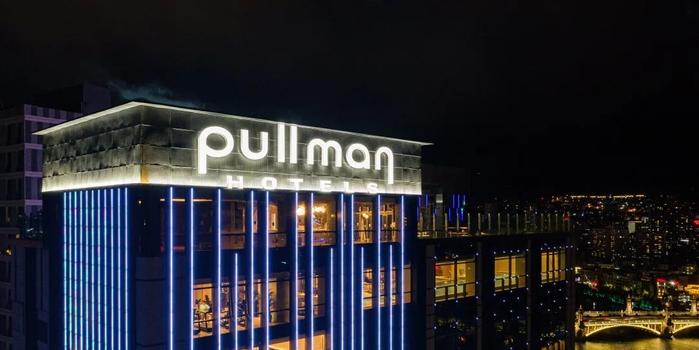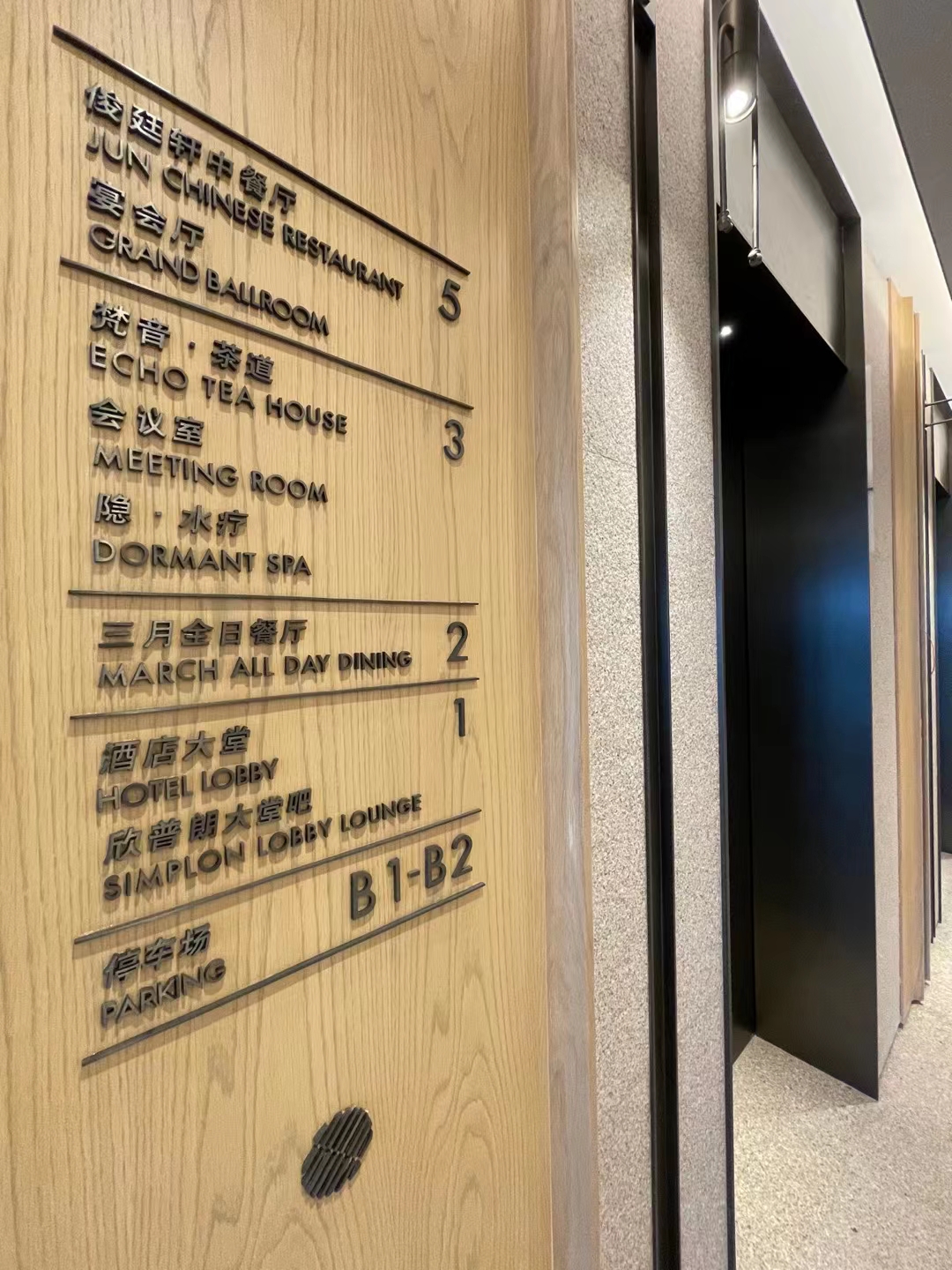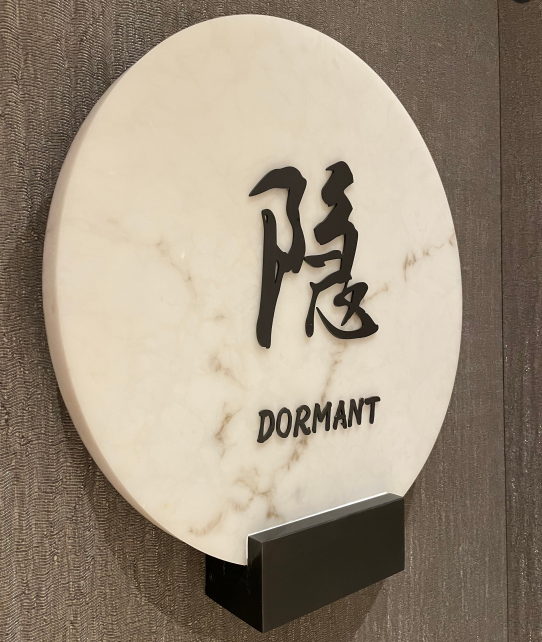For signage in public places, do you think it should be more functional or artistic?
With the development of modern cities and the complexity of public spaces, wayfinding system design plays an increasingly important role in public places. These systems are not only a tool to guide people to find their way in complex environments, but also become the calling card of cities and buildings. In wayfinding system design, the balance between functionality and artistry has become a major challenge for designers.

The Importance of Functionality
Functionality is the core of wayfinding signage design. A successful wayfinding system should be able to quickly and accurately provide users with information to help them find their way and destination in the shortest possible time. Signs should be easy to read in terms of font, size and color. A high contrast design ensures that they are clearly recognizable in different lighting conditions. The design style should be consistent throughout the signage system, including the use of colors, symbols and text. This consistency helps users to quickly recognize and understand information. Information should be presented in a hierarchical manner, with important information prominently displayed and less important information placed in a secondary location. This helps users to quickly access key information.

The value of artistry
Although functionality is the key, artistry is also a part of the design of the signage system that cannot be ignored. Artistry not only enhances the aesthetics of a public space, it also enhances the user experience and the brand image of the venue. An aesthetically pleasing design can attract users' attention and make them more willing to read and follow signage guidelines. This is especially important in large commercial centers and tourist attractions. Through artistic design, signage can reflect local culture and history, allowing people to experience a unique cultural atmosphere during use. Innovative designs can add interest to public spaces and enhance the overall user experience. For example, by utilizing modern art elements and interactive installations, signage can not only provide information, but also become an attraction for users to take photos.

Balance between functionality and art
In the design of the guide sign system, functionality and artistry are not opposites, but can complement each other. Designers should fully consider the characteristics of the environment in which the sign is located, combined with the environment for design, so that the signage system is both beautiful and practical. For example, in natural scenic spots, natural materials and organic forms can be used to harmonize the signage with the environment. User experience should always be the core of design. Whether functional or artistic, it should ultimately serve to enhance the user experience. Through user research and feedback, designers can continuously optimize the design to make it more in line with user needs. The development of modern technology has brought more possibilities for signage design. Through intelligent technology and digital design, the guide system can realize dynamic updating of information and personalized display, which not only improves the functionality, but also enhances the artistry.
Conclusion
Signage system design needs to find a balance between functionality and artistry. Only under the premise of meeting the basic functional requirements, skillfully integrated into the artistic elements, to create both practical and beautiful signage system. In the future, as technology advances and design concepts continue to innovate, the guide signage system will bring more possibilities to public space in the combination of functionality and artistry.
This balance not only enhances the user experience, but also injects a unique cultural and artistic charm into the city and public space, so that people can feel the temperature of the city and the ingenuity of the design in the process of using the guidance system!